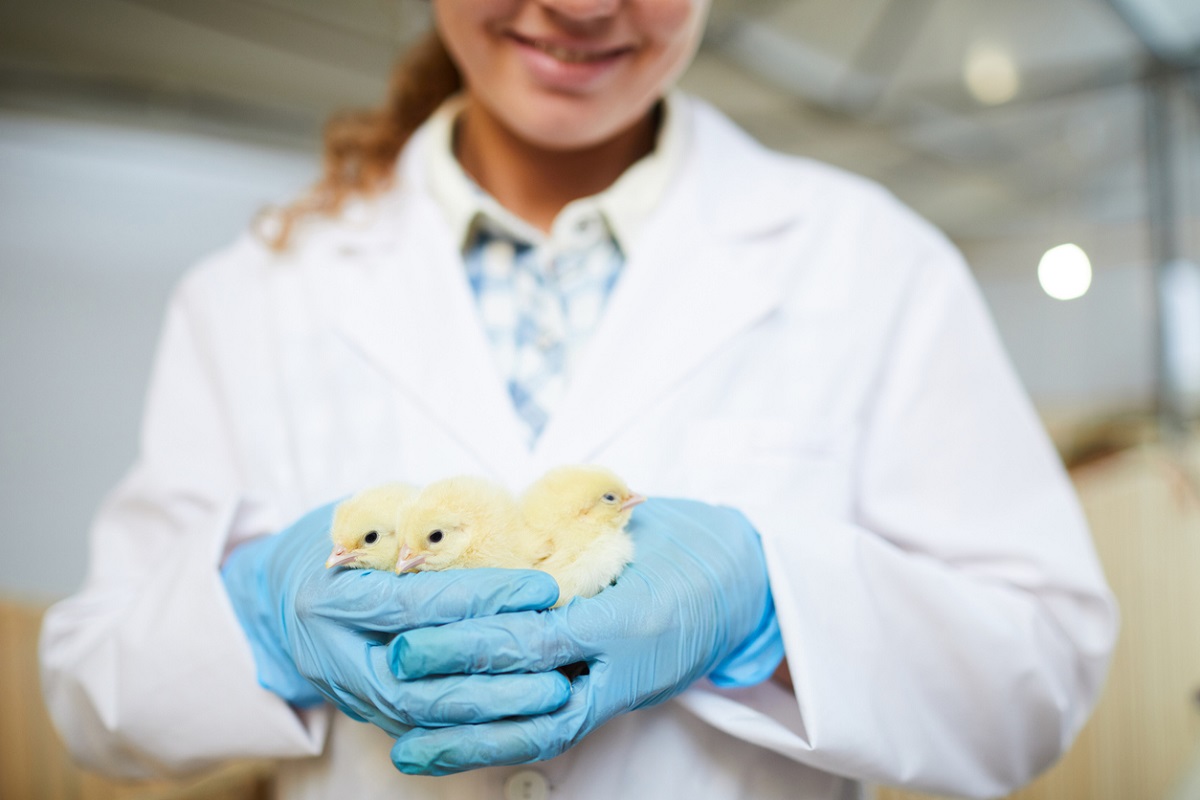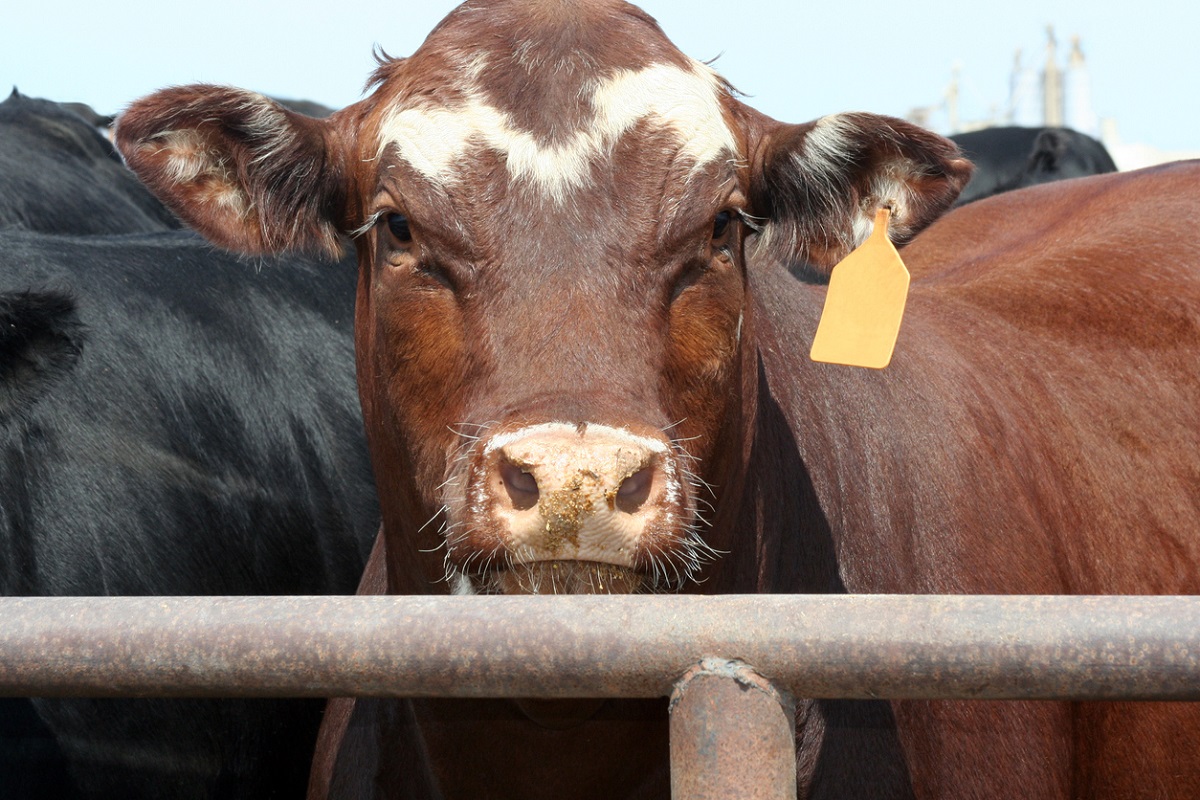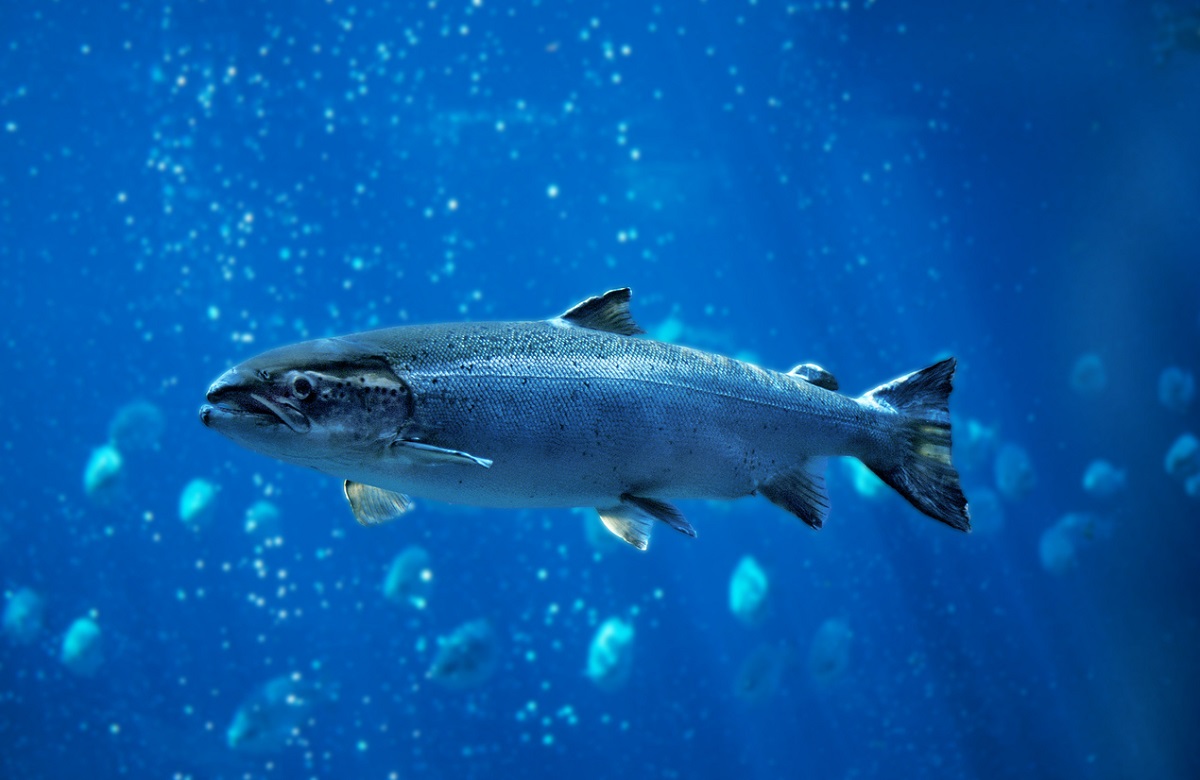The Regulatory Status of Animal Biotechnology and Consumer Acceptability of Genome-Edited Animals (Part 1)
| |
Biotechnology in the animal industry is a vast, promising frontier. Researchers have turned to animal biotechnology to address the increased demand for animal products that is faced by challenges such as climate change, pests and diseases, the growing global population, and conserving limited resources. Genome editors have been a point of interest by scientists around the world to achieve targeted DNA sequence alterations to affect traits of agricultural animals without the time-consuming processes of traditional animal breeding techniques. But as animal biotech R&D continues to progress rapidly, can the regulations of different countries keep up with it? And how acceptable will its products be to the public once commercialized?

From September to December 2020, ISAAA and its partners conducted a series of five webinars and two online workshops that focused on animal biotechnology. These were attended by an audience of hundreds from 51 countries. The webinars produced a peer-reviewed scientific article written by the organizers that summarized the topics presented as well as the key points of discussions with additional context. The publication aims to reach a wider network of individuals who are interested to know more about animal biotechnology to facilitate knowledge sharing beyond the webinars. This article provides some of the highlights of the paper.
Part 1 of 2.
Genome Editing – What is it and Why is it Preferred by Animal Breeders?
Genome editors are a set of tools that allow scientists to alter the genome with higher precision and success as compared to previous rDNA technologies. Some of these tools are the zinc finger nucleases, transcription activator-like effector nucleases (TALENs), and the clustered regularly interspaced short palindromic repeats, more popularly known as CRISPR. CRISPR gained popularity in the scientific community because it is economical as well as easy to design and assemble. CRISPR-Cas9, in particular, can target any genome in the genome, can work with different nucleases to help create single- or double-stranded breaks, and can edit single or multiple sites at the same time using guides.
Genome editing tools have helped researchers and breeders to create cisgenic animals. Though these animals could have been produced using conventional breeding methods, it would have taken a long time to develop them with less control over the breeding process. Some animal researchers have favored genome editing because:
- It does not require crossbreeding and unintended introgression of linked traits when promoting the introgression of a gene or allele of a favorable trait found in other breeds.
- It can increase the frequency of favorable alleles by modifying quantitative traits associated with several quantitative trait nucleotides.
- It can delete genes with deleterious or undesirable effects.
Genome editing can enhance agricultural productivity while improving animal welfare and climate resilience. It can also help achieve improved animal meat and milk composition, and help animals become resistant to devastating diseases.

Genome-Edited Animals in the Pipeline
Forty years have passed since the first report of using rDNA technology to modify animal DNA came out. Since then, animal biotech R&D has rapidly progressed to come up with animals with desirable traits. One of the most significant recent developments in this field is the marketing of the AquAdvantage salmon in the United States and Canada, and its commercialization in Brazil.
Other animal products are also being developed globally using biotechnology. Genome-edited animals currently undergoing research include the hornless (polled) cattle, in which a calf does not need to go through the painful process of getting its horns ironed to stop it from growing thereby improving the animal’s welfare. There are also other genome-edited cattle developed to become heat-resistant either by intentionally producing cattle with light-colored coats, or cattle with short, slick hair. Both traits increase the cattle’s heat- tolerance and help control body temperature.
Progress on the development of disease-resistant animals has also been documented. Genome-edited swine resistant to the porcine reproductive and respiratory syndrome are underway, as well as genome-edited poultry resilient to avian leukosis. There are also animals altered to improve the animal product quality, such as cows that produce milk without certain milk allergens, or sheep intended to gain weight through the deletion of the myostatin gene. Genome editing has also been applied to fish and aquaculture to achieve reproductive confinement, increase growth rate, improve disease and pest resistance, increase omega-3 fatty acid content, or affect pigmentation.
The application of genome editing in animals emerged with the intent to potentially improve animal well-being, provide economic benefit to farmers, and promote agricultural sustainability. Genome-edited animals may prove practical to optimize livestock for microenvironments and beneficial to small farm holders.

Regulations on Animal Biotechnology: Food Safety
The advancement of animal biotechnology is rapid, and its research is driven by the potential benefits it can bring to stakeholders. However, any new technology comes with a set of regulations to guide its use and applications. While existing regulations from the height of the genetic modification phase are put into practice by different countries, only a few territories can say that they are confident with the framework that they have to regulate genome-edited products, much more on animals, because genome editing is a new, emerging technology.
An important regulatory aspect that needs to be addressed is the food safety of genome-edited animals because the public needs to be assured of the safety of what they consume. One of the more influential documents on food safety policies is the CODEX Guidelines for the Conduct of Food Safety Assessment of Food Derived from rDNA Animals. The CODEX Guidelines are designed for food derived from rDNA-bearing animals and may be applied to animals altered by other techniques, like genome editing. The guidelines also allow for a case-by-case assessment and over the years, changes have been made to it to adapt for foods derived from rDNA plants to those from rDNA animals. Thus, applying the CODEX Animal Guidelines is essentially no different than applying the Plant Guidelines which have been widely accepted by the scientific community.
Clear definition of terms is also important in regulatory policies intended for food safety of genome-edited animals because the definition of articles defines the scope of regulations. To include new breeding technologies like genome editing in policies, technical definitions need to be updated from time to time. This helps increase the clarity about what foods are captured for pre-market approval and regulates the foods derived from new breeding techniques that are appropriate for the risks posed.
Definitions in regulatory policies also have bearing on the regulatory pathway that a product needs to go through to reach agricultural production. This then affects the success of the technology for agricultural animal applications like genome editing. While genome editing may prove to be an accessible and economical option for developers, it will lose its footing if regulations do not foster further innovations. Thus, it is important that regulations ensure animal health and welfare, food safety, and environmental health. They should also be science-based and risk-proportionate. Regulations should have clear, transparent processes that promote fair evaluation with predictable timelines, and must allow animals to be treated as conventional farm animals. Lastly, regulations should be globally aligned. Failure to meet these criteria in a country may result in the movement of R&D activity and commercialization to countries with more favorable regulations.
Learn about Environmental Risk Assessment and Public Acceptance of Genome-Edited Animals in Part 2. The open-access paper is published by Transgenic Research. Read the full article to find out more.
| Newer Post | Archive | Older Post |
Science Speaks is ISAAA Inc.'s official blog. Weekly blog articles, authored by ISAAA writers, partners, and invited contributors, aim to help share, disseminate, and promote scientific knowledge and its vital role in achieving global agricultural sustainability and development. Your support to Science Speaks will help us achieve this goal. You can help us by donating as little as $10.

